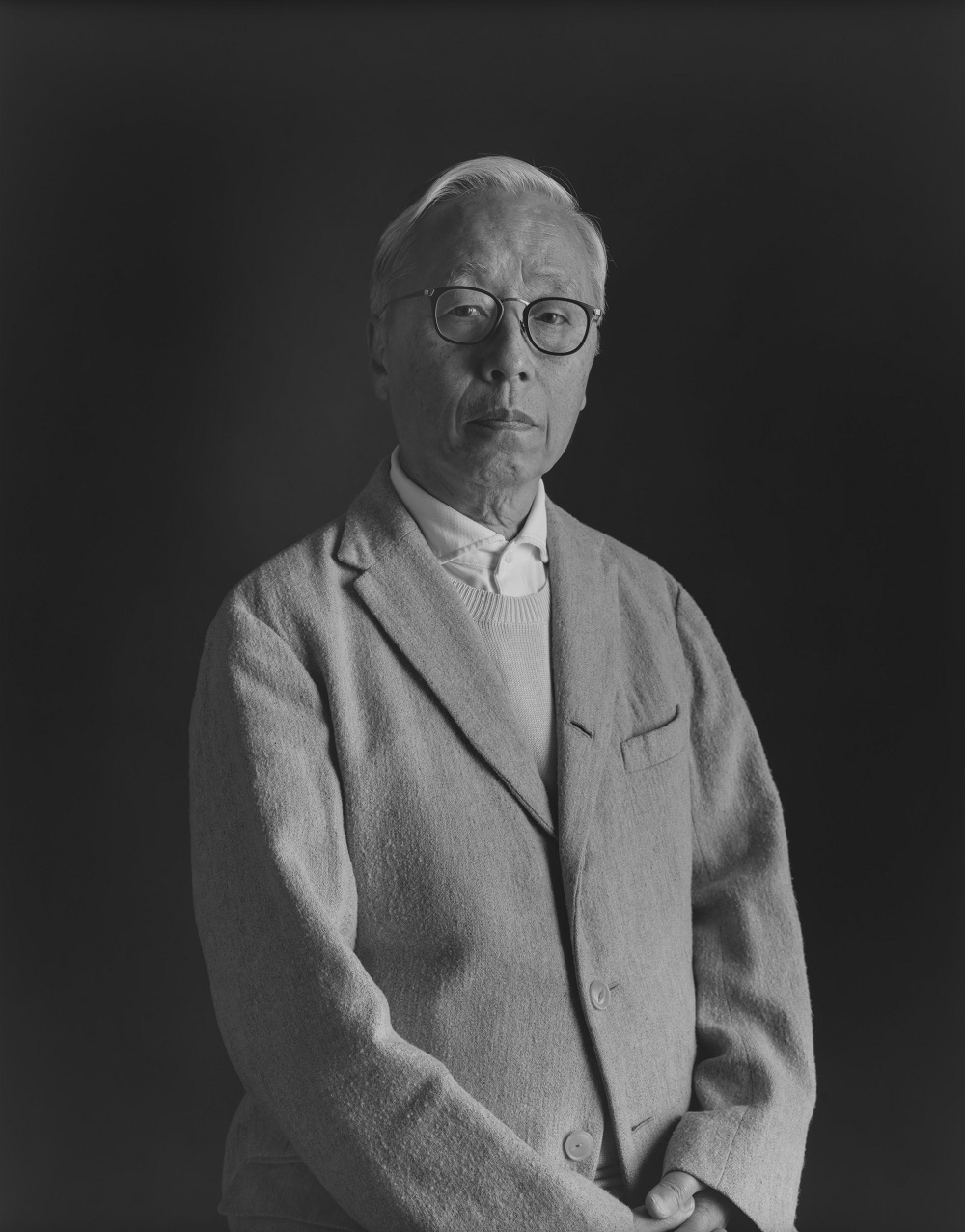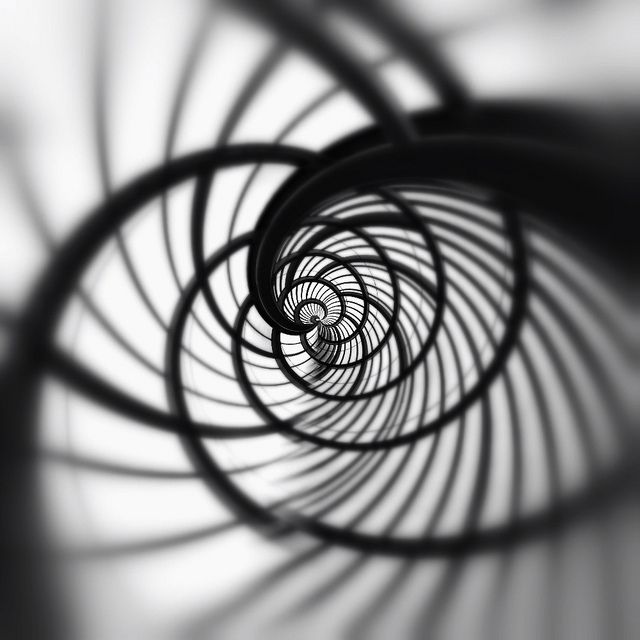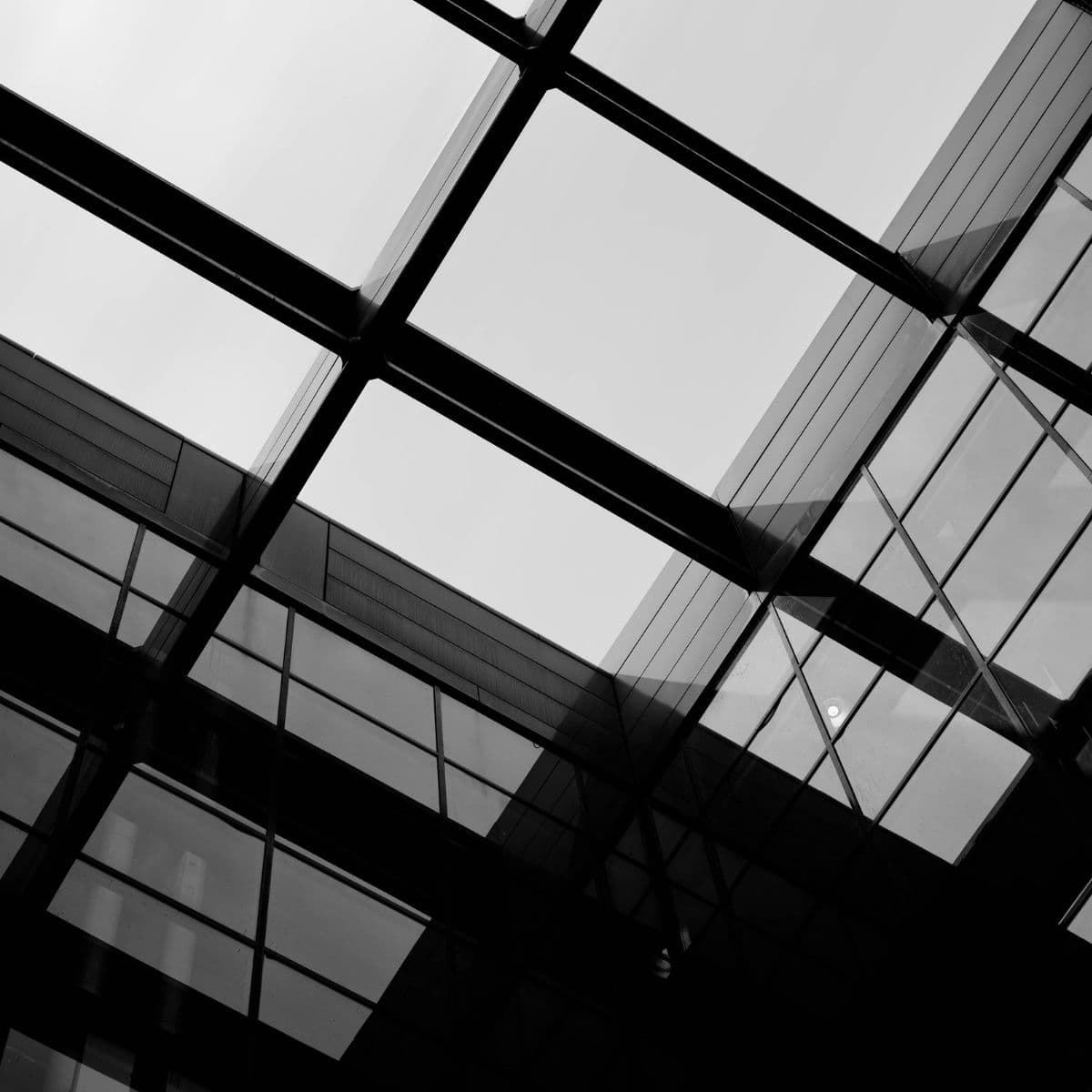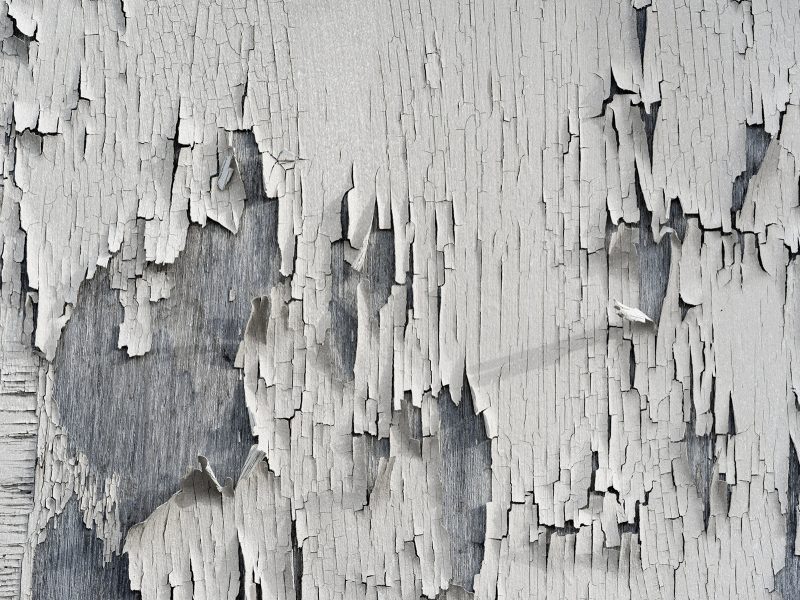Yellow:
Lightroom (P1111060.JPG and 79 others)
shows photos with lines and focus on an object.
Green:
Lightroom (P1111061.JPG and 16 others)
shows photos with focus on one object or shows lines and texture
Red:
Lightroom (P1111067.JPG and 1 other)
Top photo: this is a photo of a lock.
Michael Kenna
Kenna has photographed various locations worldwide, including Japan, the American West, and the Scottish Highlands. His work often emphasizes the interaction between nature and man-made structures, showcasing the harmony and contrast between them.
Kenna’s photography is characterized by its serene and ethereal quality. He often captures landscapes with a focus on light, shadow, and form. He favors long exposures, which give his images a dreamlike quality and allow for the soft blending of elements in the scene. His compositions often include simple, stark elements that highlight the beauty of nature in a minimalist fashion.
8 photos he took:
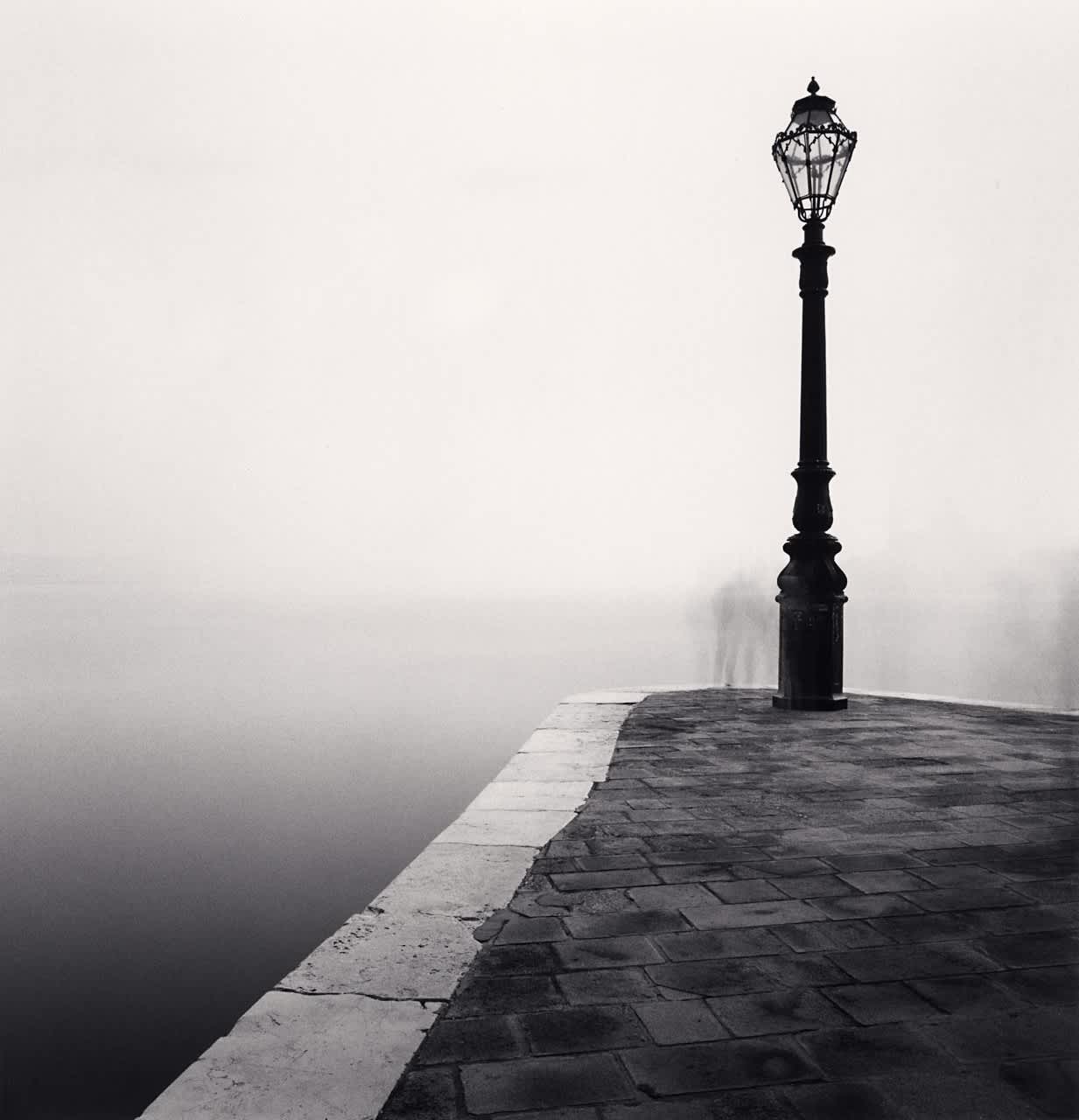
Punta della Dogana,Venice, Italy, 2022
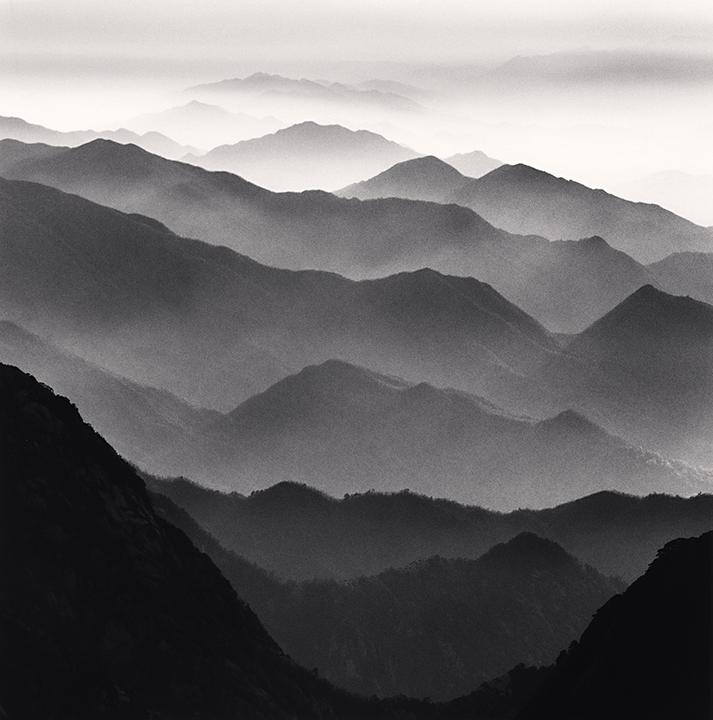
de, L’Œil. “Michael Kenna, a Taste of Paradise.” The Eye of Photography Magazine, L’Œil de la Photographie, 11 Jan. 2018, loeildelaphotographie.com/en/michael-kenna-a-taste-of-paradise/. Accessed 23 Oct. 2024.
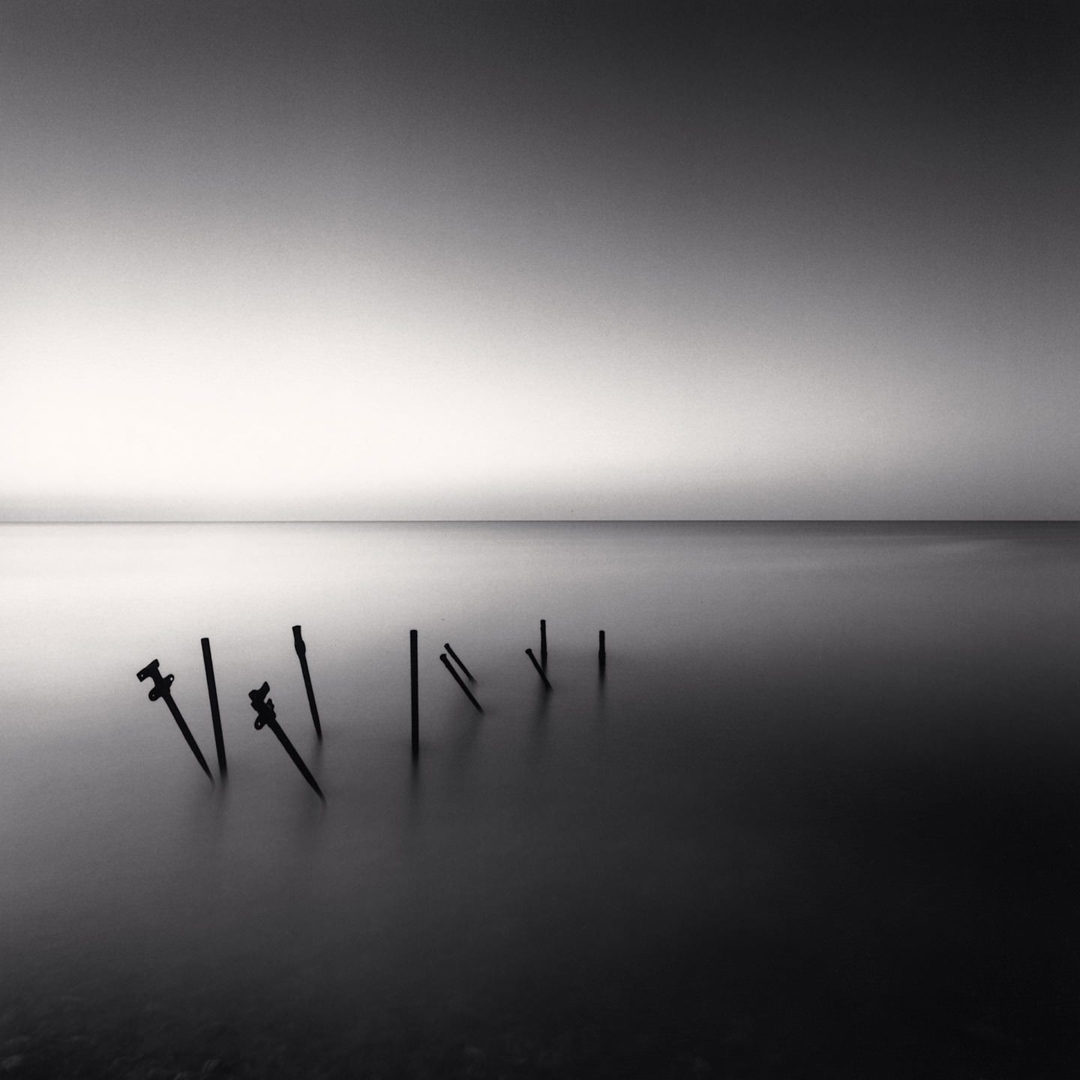
Anatomy Films. “Michael Kenna Is That Landscape Guy. Or Black and White Film Guy.” Anatomy Films, Anatomy Films Analog Photography, 18 May 2020, www.anatomyfilms.com/michael-kenna-the-long-exposure/. Accessed 23 Oct. 2024.
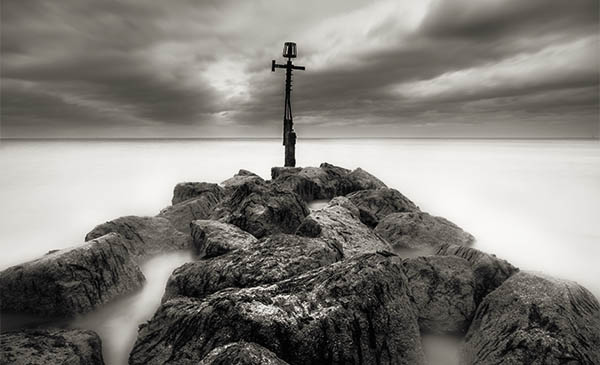
“Tim and Ally Wilson.” ImageExplorers, 20 Aug. 2018, imageexplorers.com/photograph-like-michael-kenna/. Accessed 23 Oct. 2024.
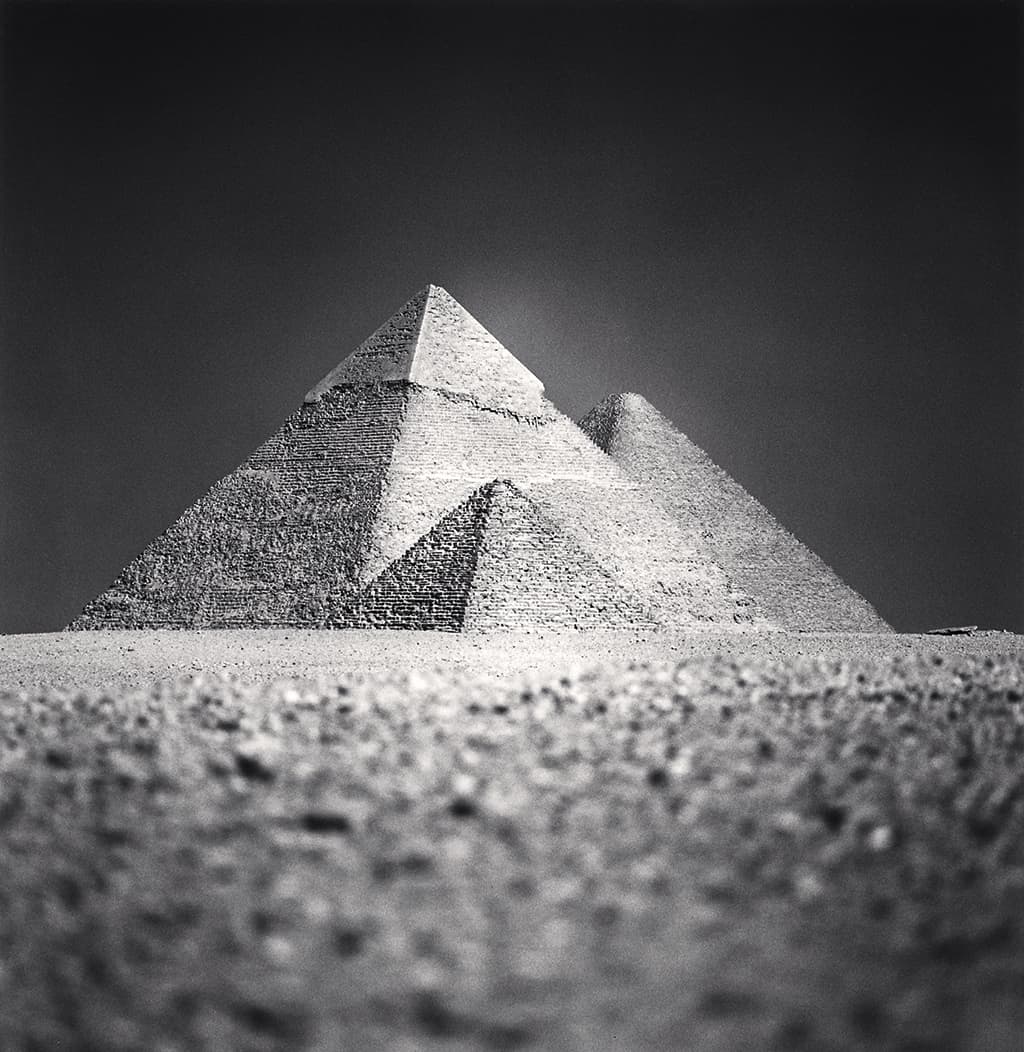
“Expert Guide to Minimalist Photography.” Amateur Photographer, 8 Oct. 2016, amateurphotographer.com/technique/michael-kenna-master-of-minimalism/. Accessed 23 Oct. 2024.

Yuan, Michael. “Learning from Michael Kenna.” Ilikecalculus, 10 Oct. 2019, blog.ilikecalculus.com/learning-from-michael-kenna/. Accessed 23 Oct. 2024.
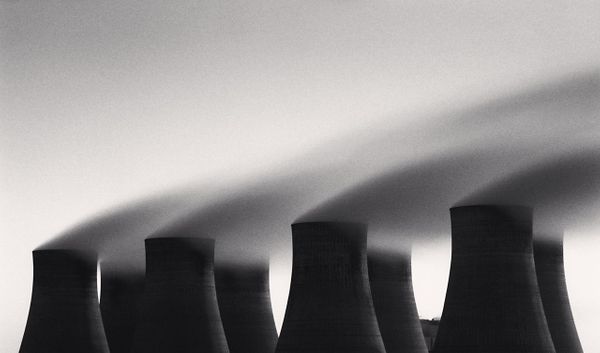
Yuan, Michael. “Learning from Michael Kenna.” Ilikecalculus, 10 Oct. 2019, blog.ilikecalculus.com/learning-from-michael-kenna/. Accessed 23 Oct. 2024.
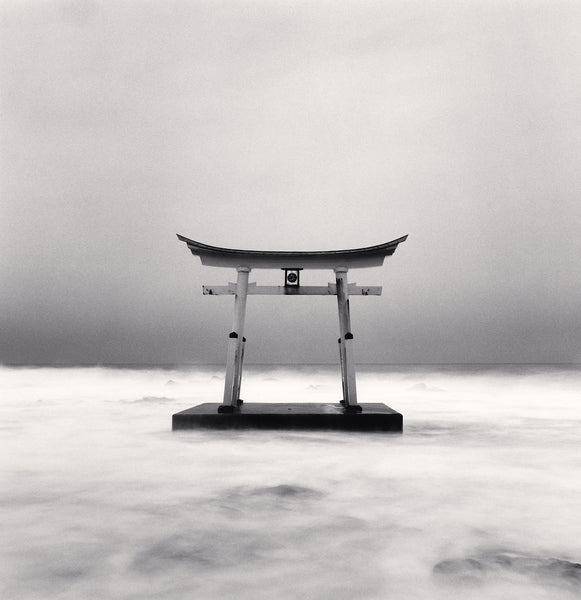
“Torii Gate, Study 3, Shosanbetsu, Hokkaido.” Bau-Xi Gallery, 2014, bau-xi.com/products/torii-gate-study-3-shosanbetsu-hokkaido. Accessed 23 Oct. 2024.
Style
- Minimalism:
- Kenna often employs a minimalist approach, focusing on simple compositions that highlight essential elements of the landscape. This creates a sense of tranquility and clarity.
- Black and White Photography:
- He primarily works in black and white, which enhances the play of light and shadow, emphasizing textures and forms without the distraction of color.
- Long Exposures:
- Kenna frequently uses long exposure times, which results in smooth, ethereal images. This technique can blur moving elements, such as water or clouds, creating a dreamlike quality.
- Light and Atmosphere:
- His work places a strong emphasis on natural light and atmospheric conditions. He often shoots at specific times, such as dawn or dusk, to capture unique lighting effects.
- Juxtaposition:
- Kenna explores the relationship between natural and man-made elements, often contrasting organic forms with architectural structures, adding depth to his compositions.
- Sense of Place:
- His photographs evoke a strong sense of place, often capturing the essence of a location rather than just its physical appearance. This invites viewers to contemplate the beauty and solitude of the natural world.
- Emotional Resonance:
- Kenna’s images often convey a sense of quiet introspection, encouraging viewers to reflect and connect emotionally with the landscapes depicted.
Connection to Your Vision
The serene, timeless quality in his abstract works. This connects to your own vision in photography by inspiring you to simplify your compositions, focus on essential forms, and experiment with light and time. You may adapt his techniques by exploring long-exposure photography or capturing landscapes or objects in ways that feel stripped down and eternal, rather than rooted in a specific moment.
Hokkaido, Japan
In this photograph, we typically see a serene winter landscape featuring snow-covered trees and a soft, misty background. The composition is minimalistic, with a few striking elements set against a vast, empty space. Michael Kenna’s “Hokkaido, Japan” exemplifies his unique style and philosophy. Through minimalism, effective use of light, and attention to detail, he creates a powerful emotional experience that resonates with viewers, encouraging them to pause and appreciate the beauty of the natural world.
- Composition:
- Simplicity: The image often includes a limited number of elements, allowing the viewer to focus on the beauty of each individual part. This simplicity creates a peaceful atmosphere.
- Negative Space: Kenna uses negative space effectively, which enhances the feeling of isolation and serenity. The vast expanses of snow or sky draw the viewer’s eye to the focal points.
- Use of Light:
- Soft Lighting: The soft, diffused light typical in Kenna’s work enhances the ethereal quality of the scene. It creates gentle contrasts and smooth transitions between light and shadow.
- Mood Creation: The light often contributes to a tranquil mood, inviting introspection and contemplation.
- Texture and Detail:
- Snow and Trees: The textures of the snow and the delicate branches of the trees are captured with remarkable detail, drawing attention to the intricacies of the natural world.
- Contrast: The stark contrast between the dark tree trunks and the bright snow highlights their forms, making them stand out more dramatically.
- Emotional Impact:
- Sense of Solitude: The composition evokes feelings of solitude and quiet contemplation, allowing viewers to reflect on their own experiences and emotions.
- Connection to Nature: The image fosters a connection to nature, emphasizing its beauty and tranquility, which can be both calming and inspiring.
- Cultural Context:
- Japanese Influence: The choice of location reflects Kenna’s admiration for Japanese aesthetics, particularly the Zen influence which values simplicity and the beauty of nature.
Revised Vision Statement
My vision is to capture the essence of time and space through minimalistic and abstract photography. Inspired by Micheal Kenna. I would try to take photos with smoke and having clear differences.


